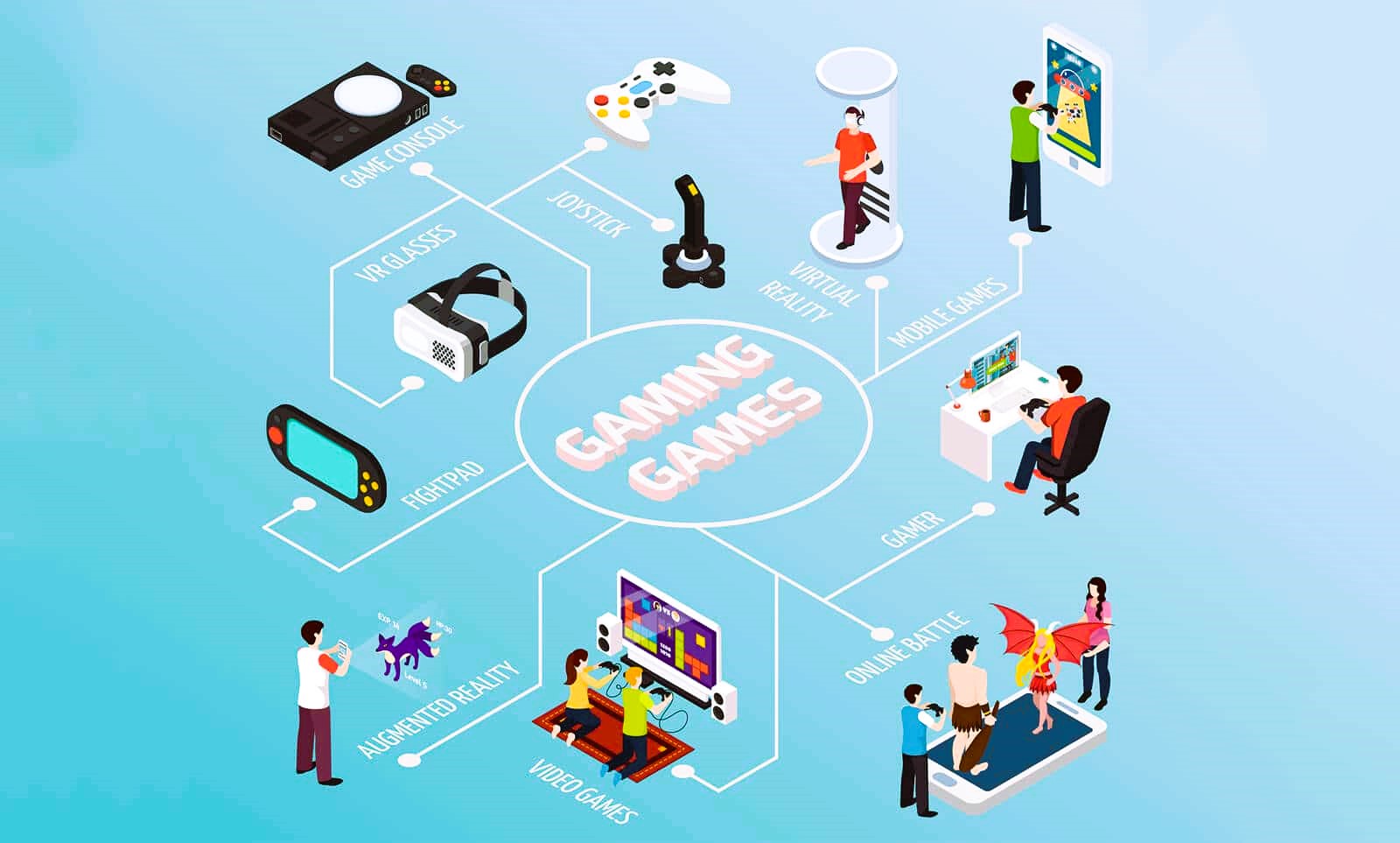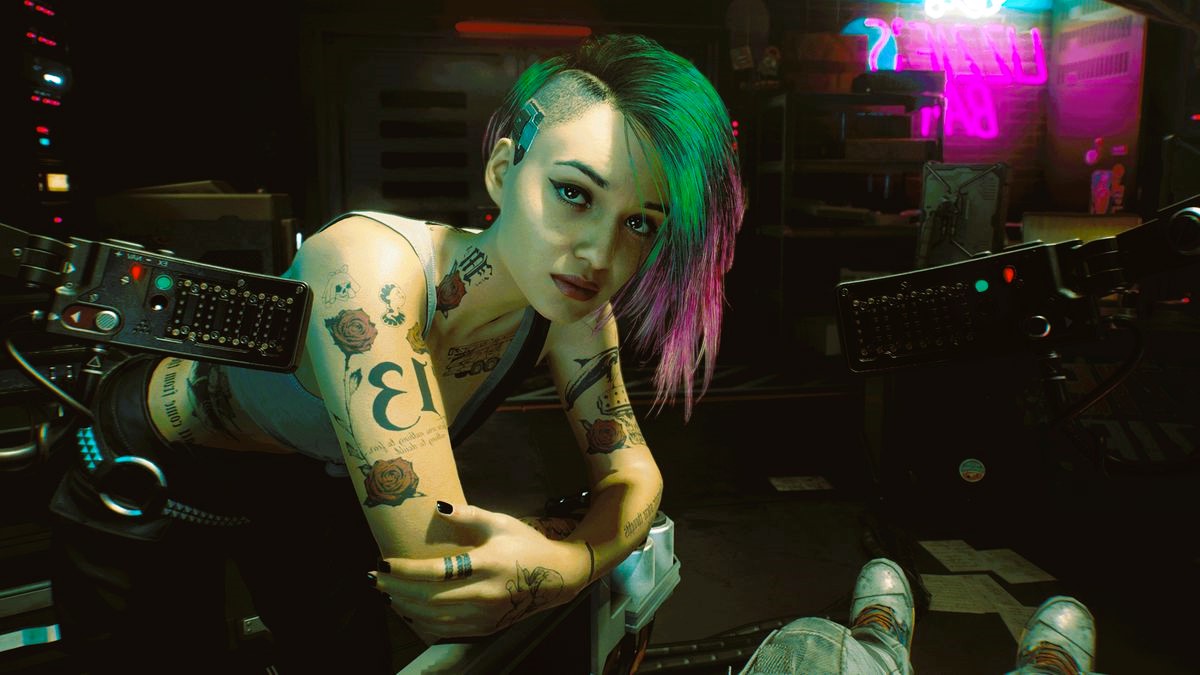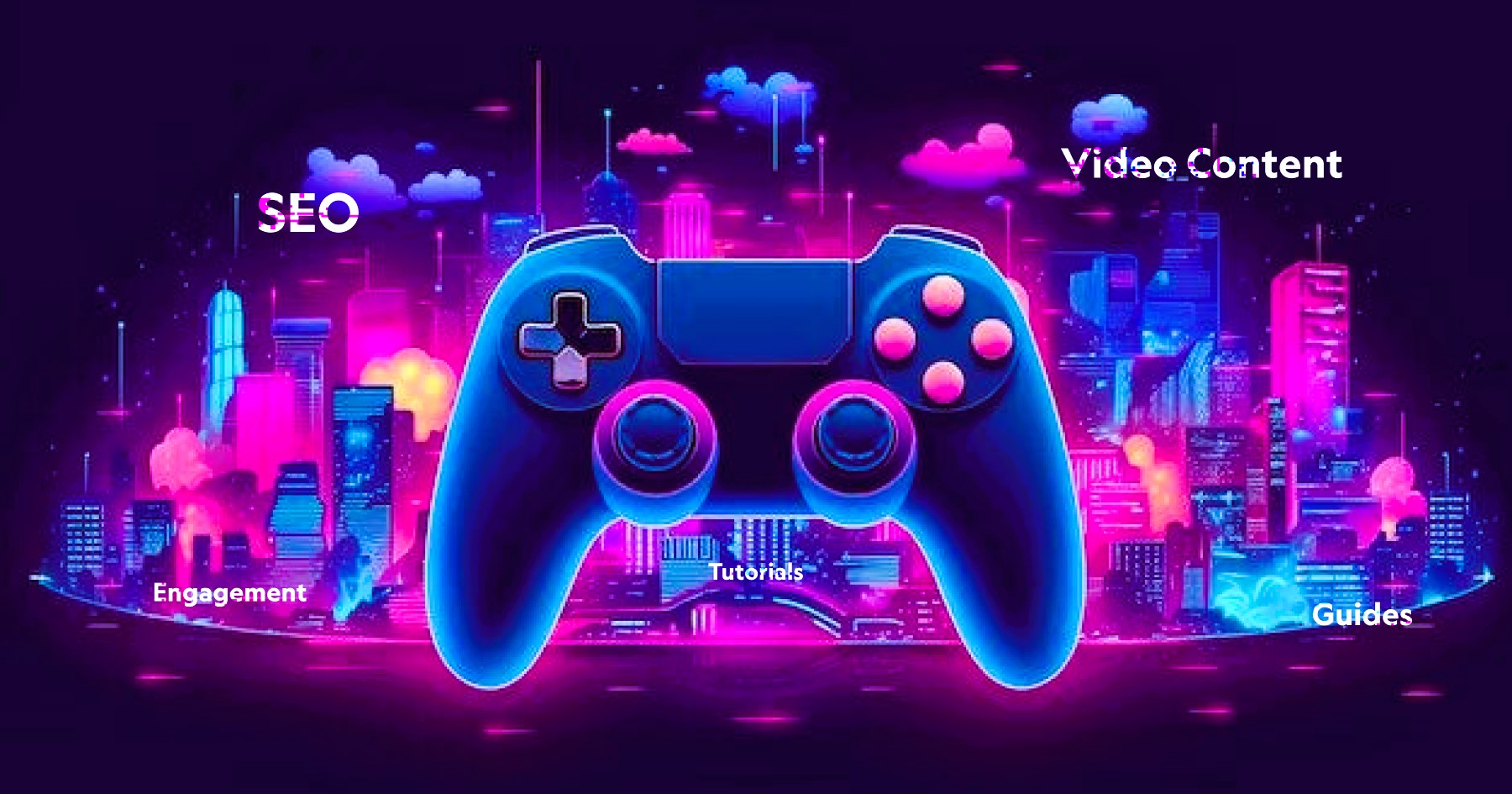Alright, let’s get real—designing a website for an online game isn’t just about slapping together some cool-looking graphics and calling it a day. If you want your game to thrive, you need a site that loads fast, looks slick, and doesn’t make players rage quit before they even log in.
Whether you’re an indie dev dropping your first project, a modder building a community, or a tech geek crafting a killer web experience, this guide will give you the essentials. So, grab a drink, lean back, and let’s break down the basics of web design for online games like we’re chilling in a Discord call at 2 AM.
1. First Impressions Matter: The Core of Game Web Design
Let’s be honest—gamers are impatient. If your site takes forever to load or looks like it was made in 2005, they’re out. Your website should:
- Load fast – Because no one likes staring at a loading screen in a game, let alone on a website.
- Look modern – If your UI screams “I learned HTML yesterday,” you need a redesign.
- Be easy to navigate – Gamers don’t want to dig through 10 menus just to find a “Download” button.
Pro Tip: Use tools like Google PageSpeed Insights to check your site speed and see where you can optimize.
2. Must-Have Pages for a Game Website
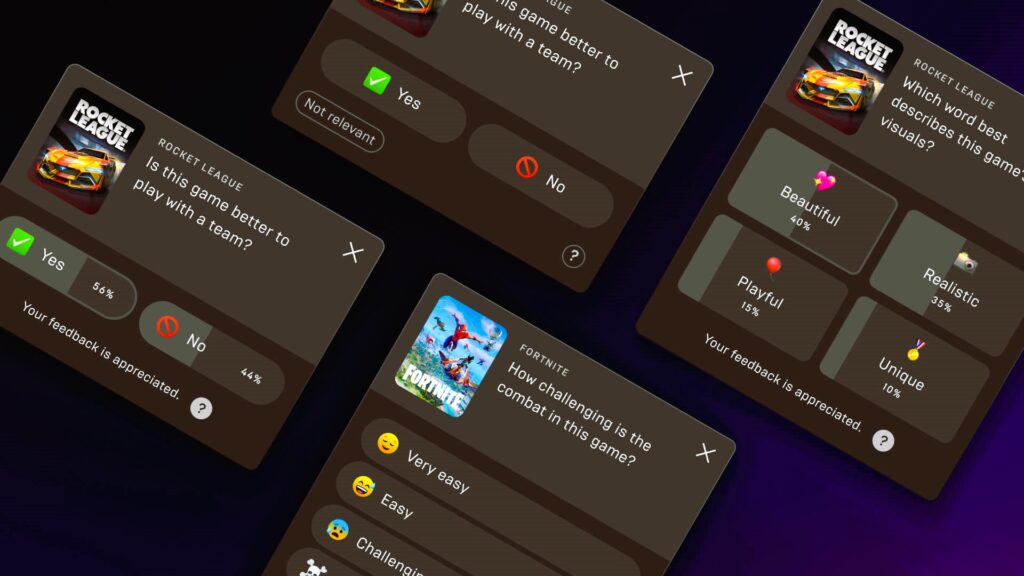
Think of your site like a game’s HUD. Everything important should be front and center. Here’s what every game website must have:
Homepage
- Make it clean, visually striking, and straight to the point.
- Show a trailer, screenshots, or gameplay clips upfront.
- Have a clear CTA (Call to Action) like “Play Now”, “Join Beta”, or “Wishlist on Steam”.
About Page
- Tell your story. Who are you? What’s the game about?
- Keep it short and punchy—no one wants to read your life story.
Game Features Page
- Highlight what makes your game awesome.
- Use GIFs or short clips—show, don’t just tell.
Download or Play Page
- Clear “Download” or “Play” buttons.
- Multiple platform options (PC, console, mobile).
- If it’s multiplayer, include server status or matchmaking info.
Community/Forum Section (Optional but Powerful)
- A place for players to discuss the game.
- Maybe integrate Discord or Reddit links instead of running a full forum.
FAQ/Support Page
- Reduce support tickets by answering common player questions upfront.
- Quick, simple answers. No walls of text. What you should consider when creating a gaming site, read our tips for developers.
Example Layout for Your Site:
| Page | Purpose | Must-Have Features |
|---|---|---|
| Homepage | First impression, show off the game | Trailer, download button, key features |
| About | Your game’s story & dev team | Engaging copy, images, team info |
| Game Features | Why people should play | GIFs, screenshots, gameplay breakdown |
| Download/Play | Get people into the game | Big, clear buttons, platform options |
| Community | Engage players & grow a fanbase | Discord link, forums, patch notes |
| FAQ/Support | Reduce support headaches | Quick answers, contact form |
3. Performance Matters: Speed, Responsiveness & Lag-Free Browsing
Imagine someone is hyped to check out your game, but your site loads slower than a 500-ping server. They’re gone.
How to Keep Your Game Website Fast:
- Optimize images – Use WebP format instead of bloated PNGs.
- Minimize scripts – Too much JavaScript = slow site.
- Use a CDN (Content Delivery Network) – A must if you have global players.
- Reduce animations – Smooth scrolling is nice, but don’t overdo it.
Want proof? IGN is packed with high-quality images and content, but it still loads fast because they optimize everything.
4. Mobile-Friendly Design: Because Everyone is on Their Phone
Not every player is checking out your site from a 4K ultra-wide gaming monitor. A huge chunk of traffic comes from mobile users.
What a Mobile-Friendly Game Website Needs:
- Responsive Design – Your site should adjust perfectly on any screen.
- Thumb-Friendly Buttons – Make sure buttons are easy to tap.
- Fast Loading – Slow sites = people leaving.
Use Google’s Mobile-Friendly Test to check how well your site works on mobile.
5. SEO Basics: Make Sure Gamers Can Actually Find Your Site
You made a killer website, but what’s the point if no one can find it?
How to Rank Higher on Google:
- Use Game-Specific Keywords – If your game is a battle royale, use terms like “best battle royale games” in your site content.
- Get Backlinks – Reach out to gaming blogs for reviews.
- Keep a Blog – Post dev updates, patch notes, or behind-the-scenes content.
- Fast Site = Better SEO – Google hates slow sites.
For a deep dive into SEO, check out Wikipedia’s SEO guide.
6. Security: Keep Hackers & Cheaters Out
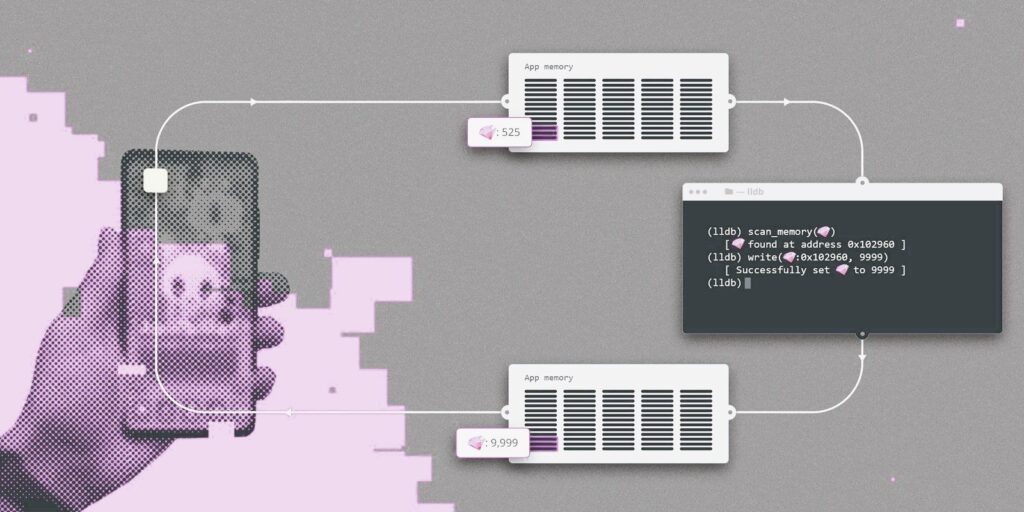
If your site gets hacked, say goodbye to trust. If you’re hosting a game server, DDoS attacks are a real threat.
Security Essentials:
- SSL Certificate – This is a must. If your site doesn’t have HTTPS, fix that ASAP.
- DDoS Protection – If you’re hosting game servers, you need this.
- Secure Login Systems – If users can create accounts, lock it down tight.
Check out Fandom—they use SSL, encrypted logins, and bot protection to keep their gaming community safe.
7. Keeping Players Engaged: Why Design Alone Isn’t Enough
You can have the best-looking site in the world, but if it feels empty, players won’t stick around.
How to Keep Players Hooked:
- Active Community – Link your Discord, Twitch, YouTube, and Twitter.
- Regular Updates – Post dev blogs, patch notes, or sneak peeks.
- Events & Giveaways – Get people hyped with contests and freebies.
Look, your game deserves a killer website. If you nail the design, performance, and security, you’ll build hype, attract players, and grow your community.
If you’re serious about getting it right, take a peek at how big sites like IGN and Fandom structure their gaming pages. They prioritize speed, content, and engagement, and so should you.
Now go out there and build a game website that doesn’t suck. Your players will thank you.



